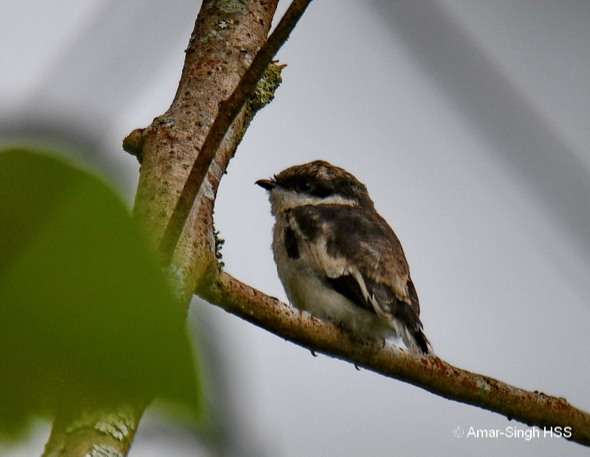
“I saw a pair of Bar-winged Flycatcher-shrikes (Hemipus picatus intermedius) with two juveniles.

“There was clear division of fledglings between parents – adults had split up to care for the juveniles.

“The fledged juveniles were being fed about 500 meters apart as the human walks, but ~200 meters as a bird files (over a small knoll).
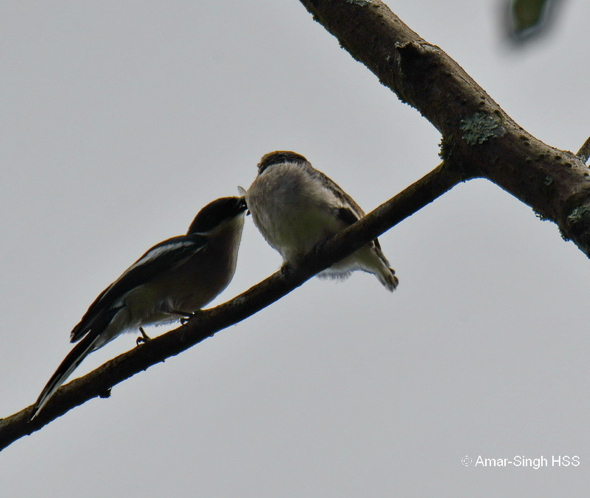
“Feeding episodes were largely quiet and I only heard a call once when a parent warned about my approach.

“Both adults were feeding insect prey to the juveniles. I saw largely winged insects – moths above, winged ants below…
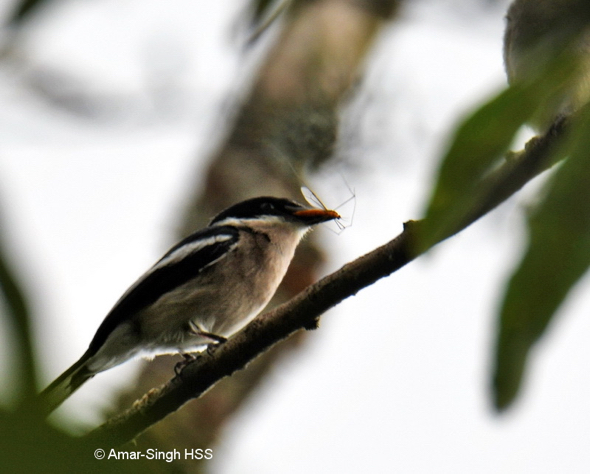
…the two images below show adult with possible waspa and possible winged beetle.”
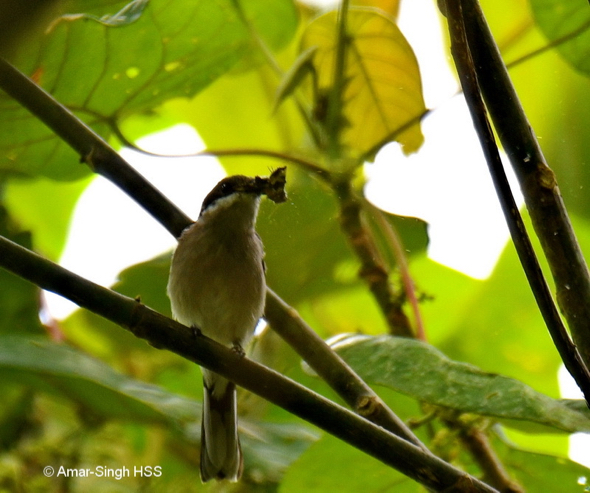
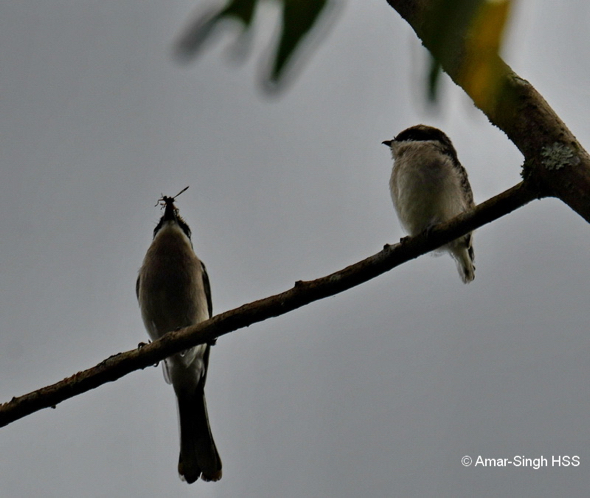
Dato’ Dr Amar-Singh HSS
Ipoh, Perak, Malaysia
13th June 2018
Location: 1,600-1,700m ASL, Cameron Highlands, Pahang, Malaysia
Habitat: Trail through primary jungle








